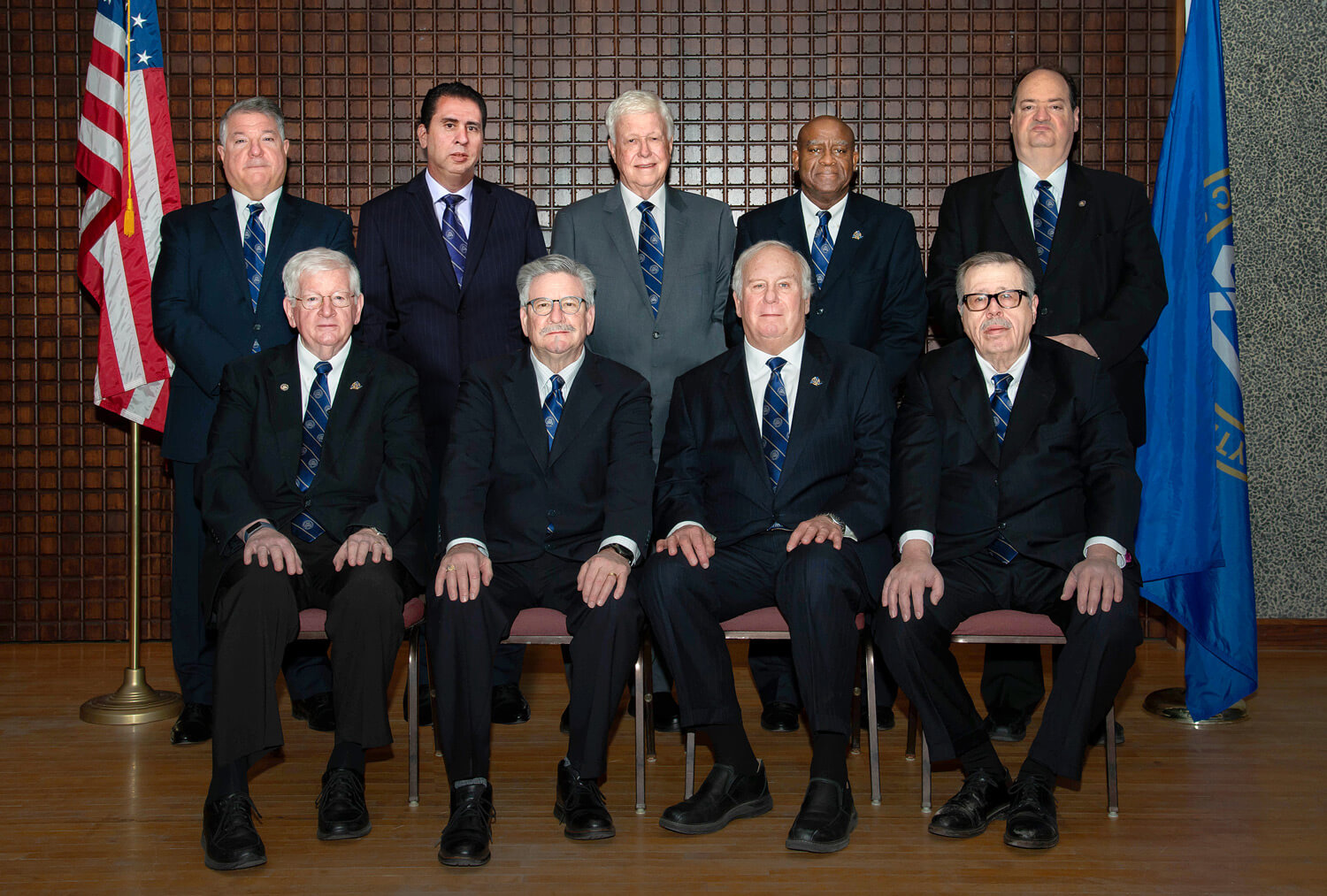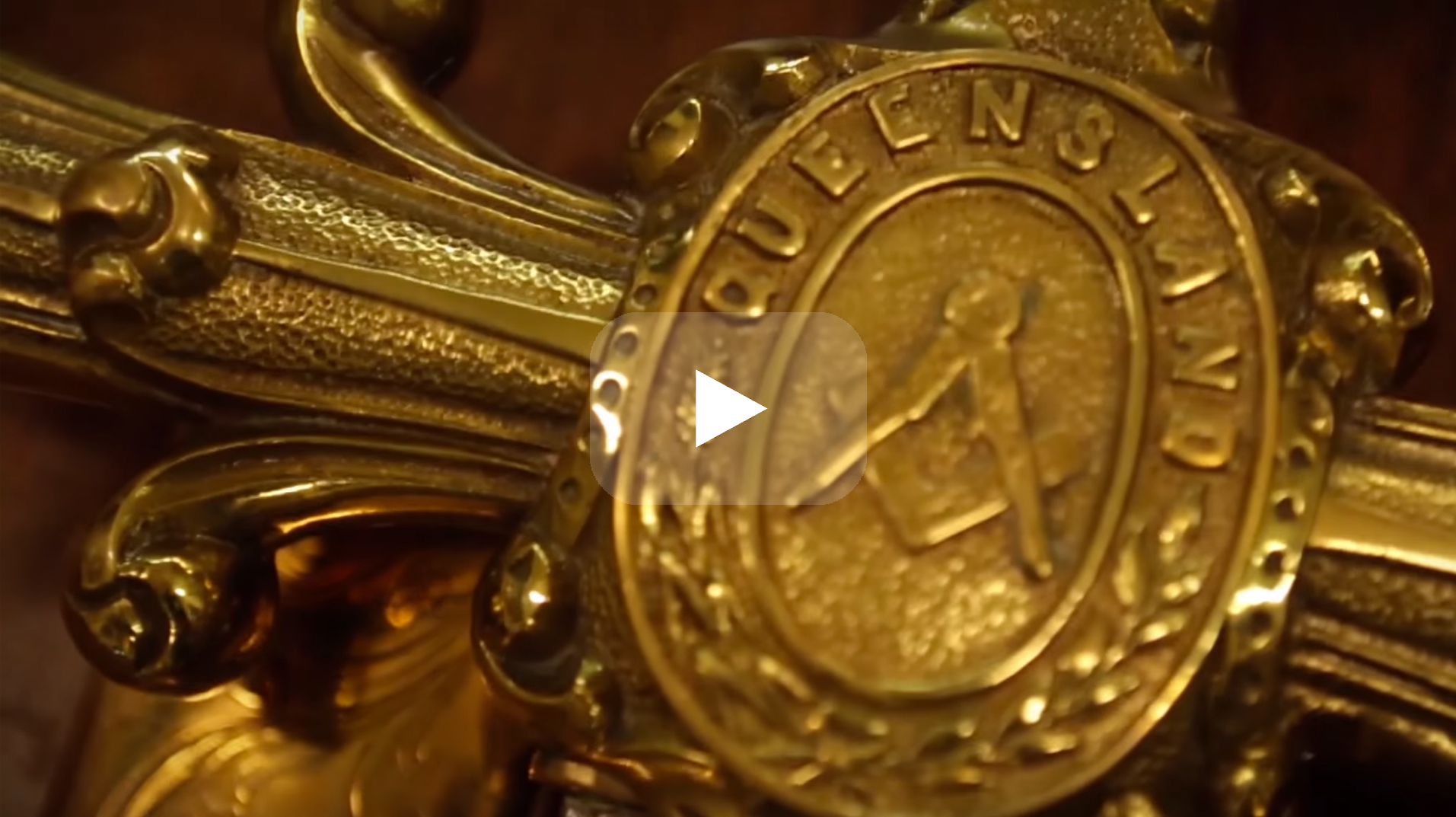The Ultimate Guide to Understanding How to Become a Freemason Step-by-Step
The Ultimate Guide to Understanding How to Become a Freemason Step-by-Step
Blog Article
Checking Out the Mysteries of the copyright: What You Required to Know
The copyright, a term often shrouded in intrigue and conflict, represents an intricate tapestry of historical reality and modern misconception. Established in the late 18th century, this secret culture was initially rooted in the Knowledge's perfects but has actually because come to be synonymous with conspiracy theory theories regarding elite control. As we browse the origins, crucial numbers, and the stark comparison in between myth and truth, one have to think about just how these narratives influence modern assumptions of power and secrecy. What may be disclosed through a better exam of these elements could challenge long-held presumptions concerning the shadows that remain in our culture.
Beginnings of the copyright
The beginnings of the copyright are steeped in a blend of historic intrigue and ideological eagerness. Established in 1776 in Ingolstadt, Bavaria, by Adam Weishaupt, the group was at first developed as a secret culture intended at promoting Knowledge ideals such as reason, secularism, and the separation of church and state. join freemason. Weishaupt, a teacher of canon legislation, looked for to test the prevailing authority of the church and state, which he deemed overbearing organizations suppressing intellectual and personal liberty
The copyright sought to recruit influential members from different social industries, including national politics, academia, and the arts, to promote a network committed to these Knowledge concepts. The society operated under a shroud of privacy, employing coded language and routines to protect its participants from oppression, specifically offered the repressive climate of the moment. The copyright dealt with substantial opposition from both governmental authorities and spiritual institutions, which saw the group as a hazard to their power.
Secret Figures and Participants
Who were the pivotal numbers that formed the copyright's very early influence and instructions? The Bavarian copyright, started in 1776 by Adam Weishaupt, became a reaction to the overbearing societal structures of the time. Weishaupt, a law professor, envisioned the company as a way to advertise Knowledge perfects such as factor, secularism, and equality. His initial employment efforts consisted of prominent pundits, such as Baron von Knigge, who played a critical duty in broadening the team's subscription and business structure.
An additional substantial figure was Johann Gottlieb Fichte, a popular philosopher whose concepts on nationalism and education resonated with the copyright's goals. Although Fichte was not a formal participant, his philosophical foundations affected the group's ideology. Additionally, figures like the author and philosopher Johann Wolfgang von Goethe were connected with the broader intellectual movements of the time, although their straight involvement with the copyright remains disputed.
These key figures contributed to the copyright's early instructions, pressing the limits of political and social idea, while their collective efforts aimed to test recognized standards and cultivate a climate of dynamic change in Europe. (join freemason)
Myths vs. Truth
Several mistaken beliefs border the copyright, frequently blending fact with fiction in a method that covers its real nature. This secret society, initially established in 1776 in Bavaria, intended to advertise Enlightenment ideals and fight spiritual and political oppression. The concept that the copyright remains to put in significant impact over world events is a myth. While the group did exist, it was dissolved in the late 18th century and has actually not run as a cohesive entity given that then.
An additional widespread misconception is that the copyright consists of a network of elite people adjusting worldwide events. Actually, numerous conspiracy theory concepts overemphasize the group's importance, associating misguided intentions to societal fads and events. This has actually led to an oversimplified view of intricate issues.
Additionally, the representation my blog of the copyright in pop culture often more misshapes its tradition. Films and literary works often tend to sensationalize the company's function, developing a narrative that splits from historic facts. Understanding the distinction in between the misconceptions and the reality of the copyright is crucial for discerning the authentic impact of this historic group and recognizing the more comprehensive effects of conspiracy theories in modern culture.

Modern Analyses
Contemporary interpretations of the copyright typically reflect broader social anxieties and an attraction with secrecy and power. This contemporary lens often connects the copyright with conspiracy theory theories that recommend a concealed elite go to this web-site coordinates globe occasions, manipulating governments and economic climates for their very own gain. Such stories tap right into a deep-seated mistrust of authority, specifically in times of dilemma or social turmoil.
In pop culture, the copyright is often shown as an omnipotent organization shrouded in secret, leading to a plethora of imaginary representations in literature, film, and music. This representation offers not just to amuse yet additionally to provoke considered the nature of power and control in contemporary culture. Social media has actually even more intensified these interpretations, enabling quick circulation of conspiracy theories and producing areas that share and increase upon these ideas.
In addition, some contemporary analyses mount the copyright as a metaphor for the complexities of globalization and the interconnectedness of prominent individuals and companies. This perspective motivates an important examination of just how power characteristics run in today's world, highlighting the balance in between openness and secrecy in administration and company practices.
Cultural Impact and Legacy
Influenced by centuries of intrigue, the cultural influence and tradition of the copyright expand far beyond its historical origins. This secret society, developed in the late 18th century, has permeated numerous elements of prominent culture, from literature and movie to songs and art. join freemason. The principle of the copyright has actually progressed into a symbol of conspiracy theory concepts, frequently standing for a perceived surprise power manipulating international events
In literature, authors like Dan Brown have woven the copyright into intricate plots, fascinating visitors with motifs of secrecy and power. Movies such as "National Treasure" and view it now "The Da Vinci Code" additionally perpetuate the allure of the culture, blending truth with fiction to create engaging narratives.

Inevitably, the copyright's legacy is a complex tapestry of misconception and truth, forming assumptions of secrecy and control in contemporary discussion. Its enduring visibility in culture emphasizes humankind's seasonal mission for recognizing concealed facts.

Final Thought
The expedition of the copyright reveals an intricate interaction in between historic realities and modern-day myth-making. Established in the Knowledge age, this culture aimed to test overbearing structures, yet its legacy has been eclipsed by conspiracy theory theories that recommend elite manipulation. Comprehending the differences in between the original ideals and contemporary interpretations is important for understanding the enduring fascination with the copyright and its substantial impact on cultural narratives bordering power and secrecy in society.
Report this page